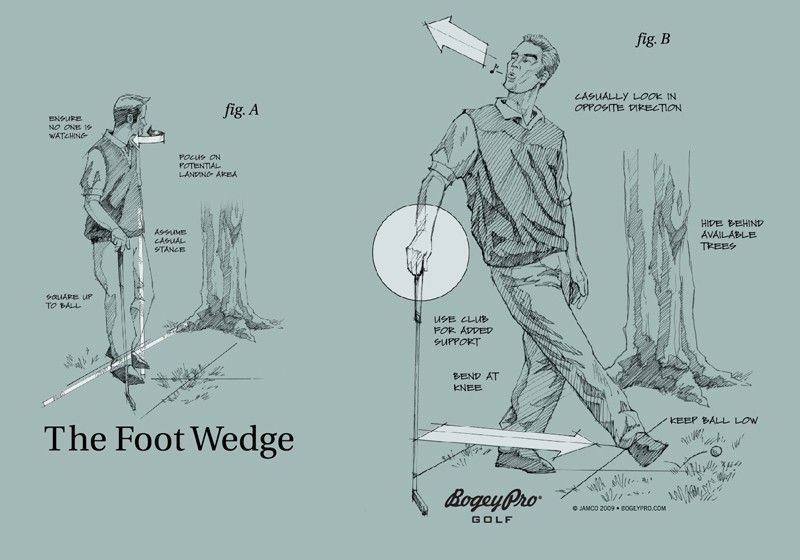Jeanthemachine
Earl of Limerick
- Joined
- Jun 6, 2010
- Messages
- 2,795
- Reaction score
- 3
- Location
- Englewood, Florida, United States
- Handicap
- GHIN 7.7
Your 2nd ball, without the declaration of it being a provisional, is not a ball in play under the Rules. Technically, it would not count as a stroke at all and you'd either have to walk back to the tee and declare that you were hitting a provisional ball under stroke and distance (your 3rd stroke) or take a 2 stroke penalty and drop a ball in play near where you thought your original ball was (lying 3, hitting 4).
I do not believe this is correct. I think that if you do not declare the second ball as provisional that it (the second ball) IS the ball in play and all other options are off the table.


